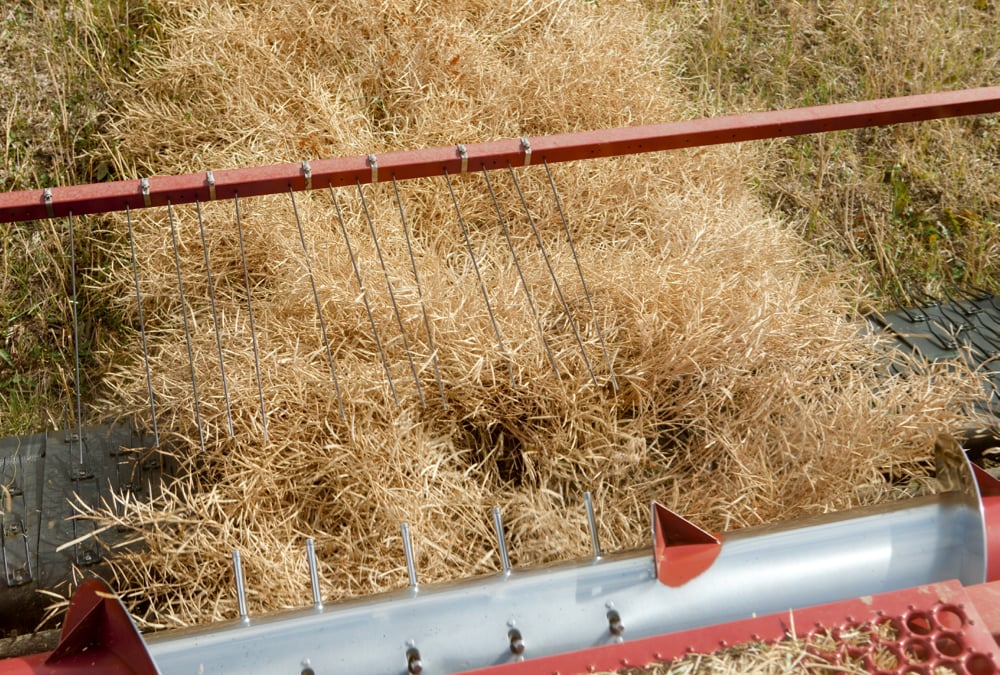CNS Canada — Poor grain prices and a late harvest may limit demand for fertilizer across North America this spring, according to an industry analyst.
However, whether farmers will actually purchase less fertilizer remains to be seen, as record-large U.S. crops have also depleted nutrient levels, increasing the need for applications.
“That’s the $64 million question,” said David Asbridge, president and senior economist with NPK Fertilizer Advisory Service in Missouri.
He pointed to 2009, “when fertilizer prices were stubbornly holding up and grain prices were dropping, we had a 30 per cent drop in usage that year for both phosphate and potash.”
Read Also

Bunge beats profit estimates on strong processing margins, Viterra boost
Bunge Global topped Wall Street estimates for third-quarter adjusted profit on Wednesday with the closing of its acquisition of Viterra in July boosting volumes as oilseed processing margins improved, sending shares up 2.6 per cent.
Farmers, he said, were not showing much interest in purchasing fertilizer right now, which was backing into the system. However, rather than seeing a similar drop in applications as in 2009, he expected fertilizer demand would be pushed back instead.
Record-large U.S. crops are taking nutrients out of the soil, which will need to be replaced, “but at this point it’s debatable whether they will do it now, or whether they’ll wait to the spring, or until next fall,” said Asbridge.
Producers will be more prone to wait, he noted, if their soil test levels are good.
Another factor in delaying applications is declining grain prices, which Asbridge said would limit off-the-combine deliveries and create cash flow issues for purchasing fertilizer.
The harvest is also running behind normal in many areas, reducing the window of opportunity for applying fertilizer later in the fall.
In addition, many farmers may not know what they’ll be planting next spring. Asbridge estimated 80 per cent of U.S. growers would keep with their corn/soybean rotations. For the remaining swing acres, current crop budget projections favour soybeans, which need fewer inputs compared to corn.
“There are a lot of caveats out there this year,” he said.
Current fertilizer prices are either flat or trending lower, but whether farmers see that as a good deal remains to be seen, said Asbridge.
Waiting until the spring does come with its own set of problems, he pointed out, as wet weather in recent years has limited the window of opportunity at that time as well.
— Phil Franz-Warkentin writes for Commodity News Service Canada, a Winnipeg company specializing in grain and commodity market reporting.












